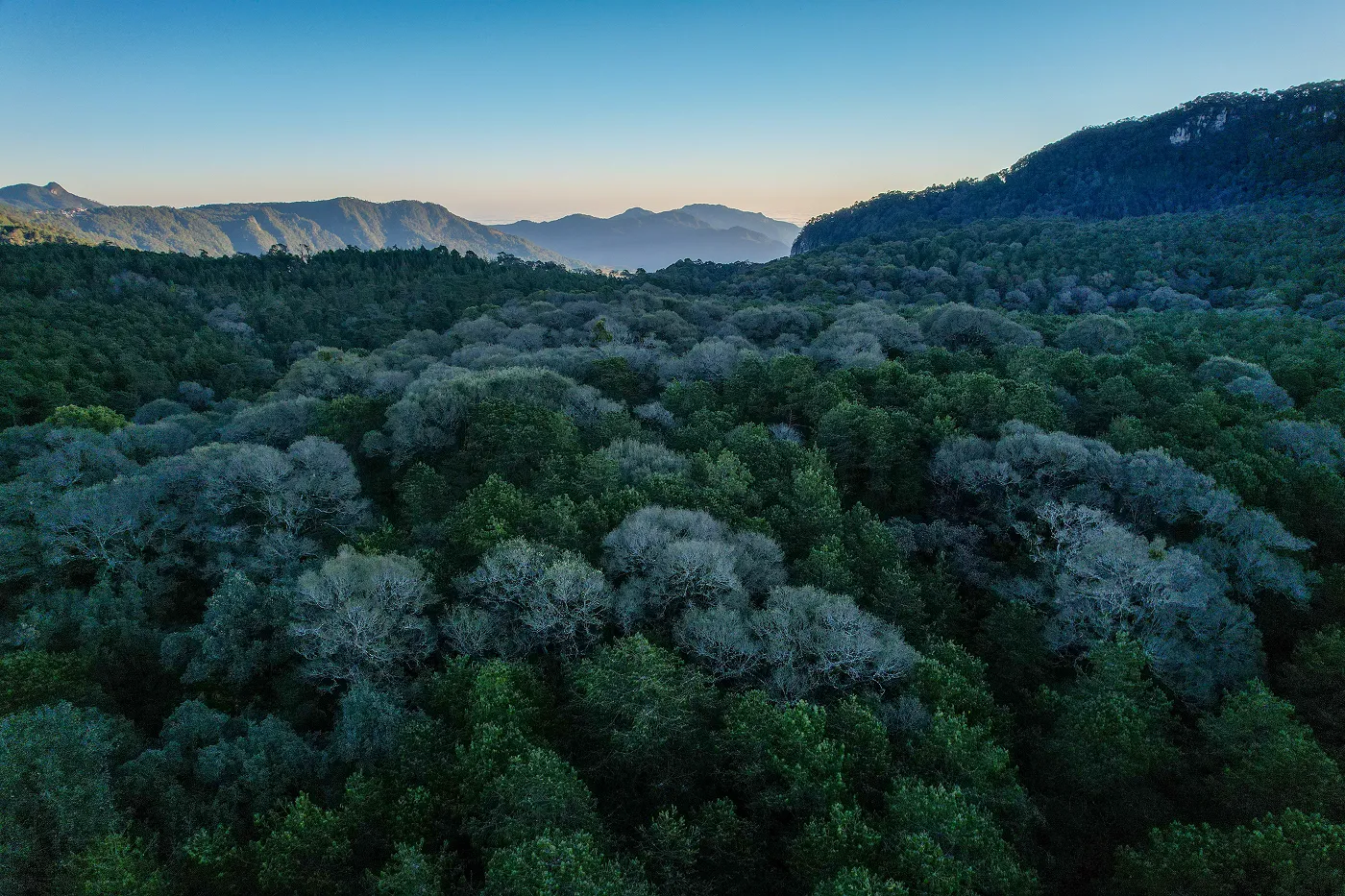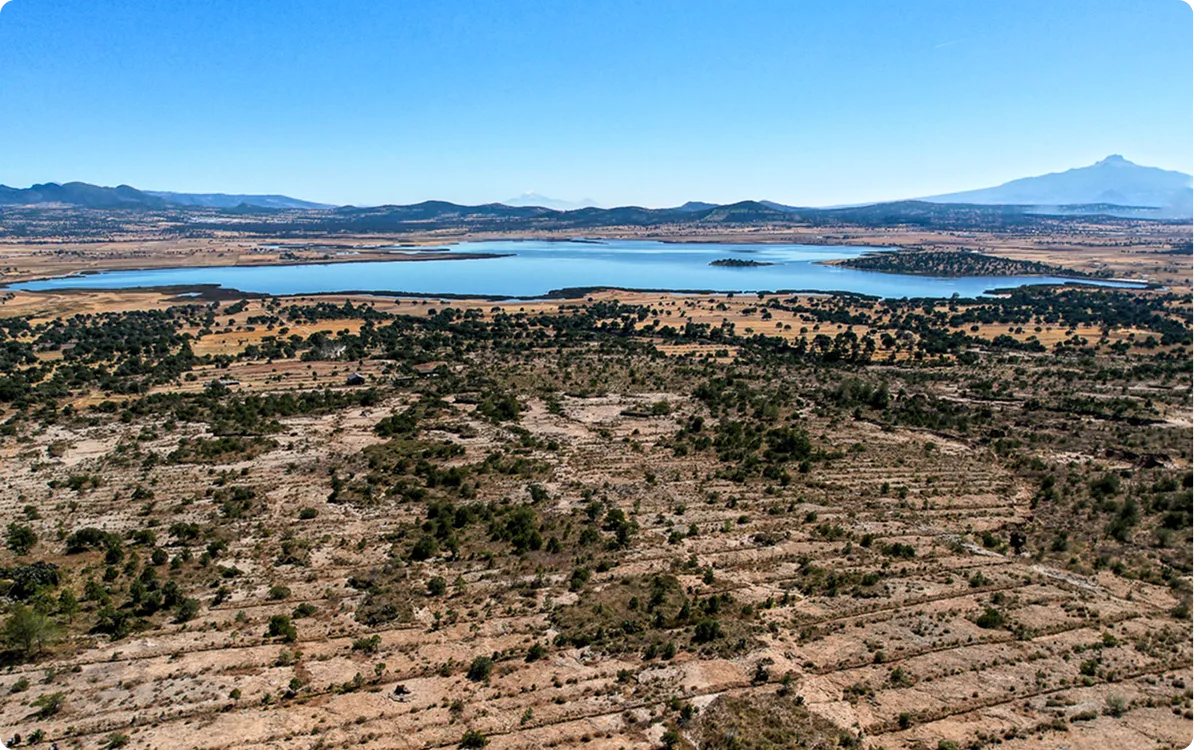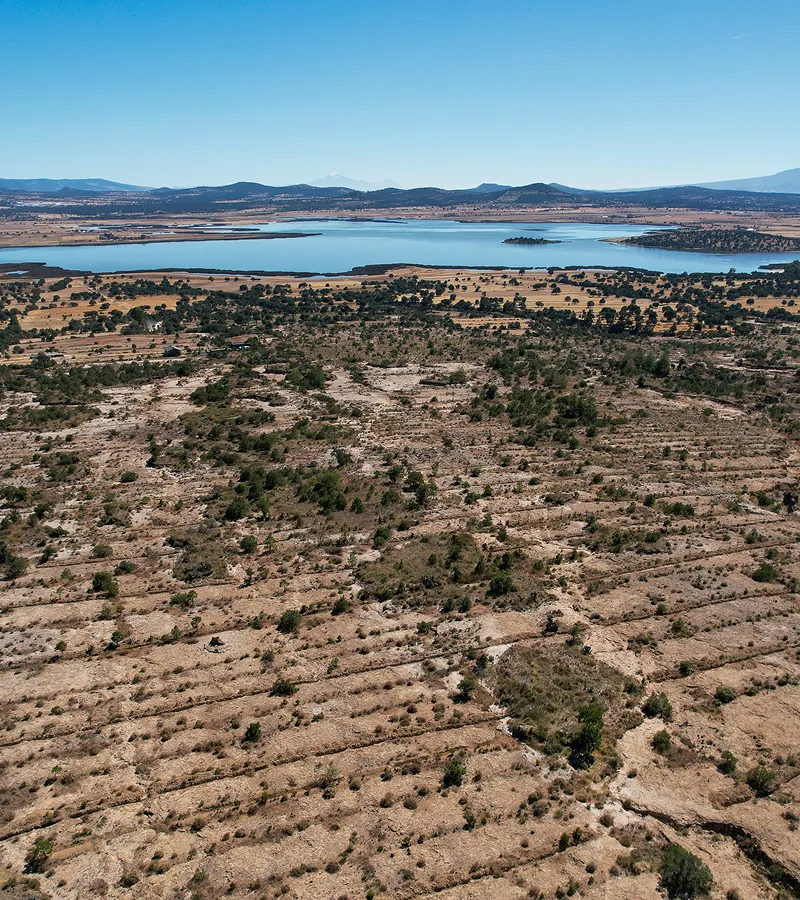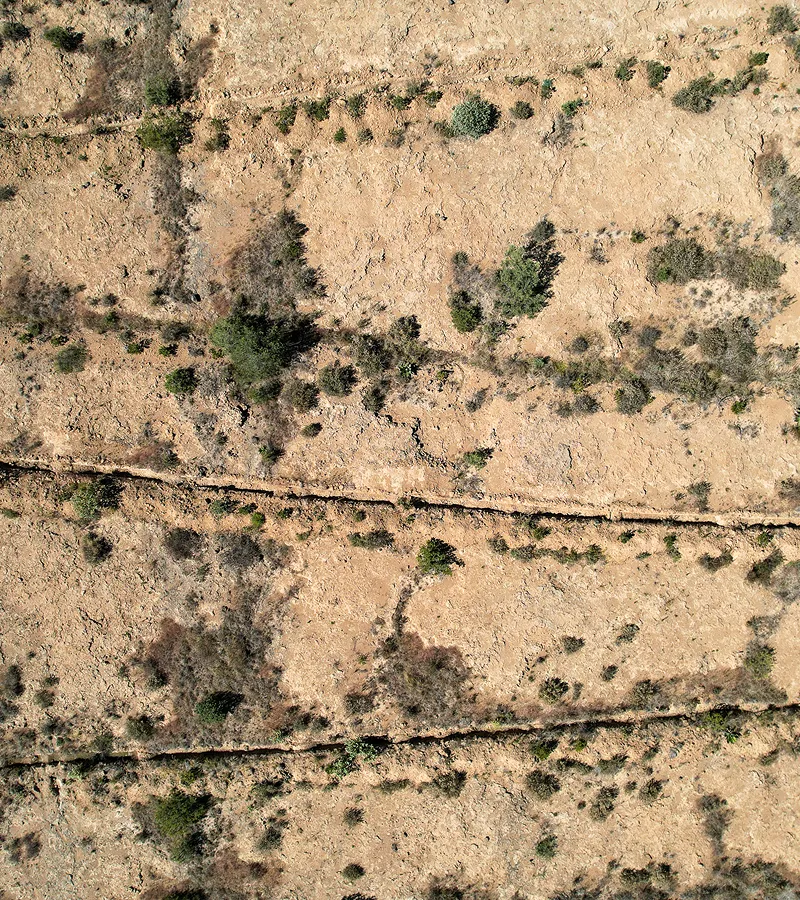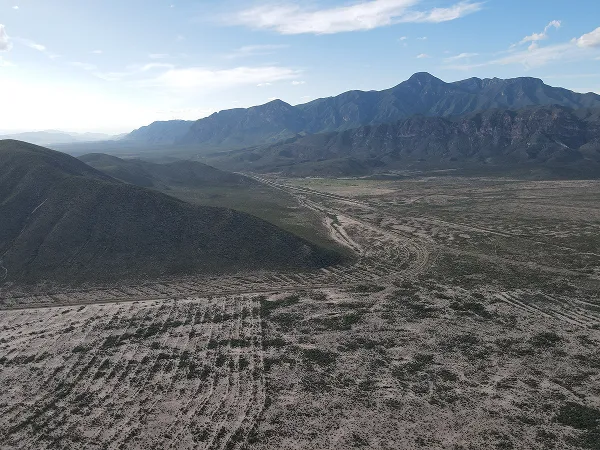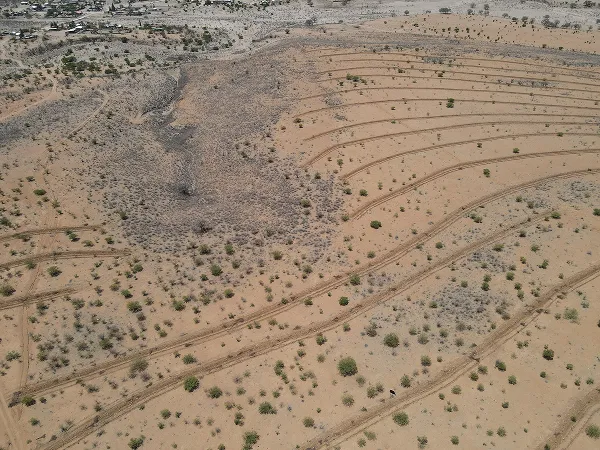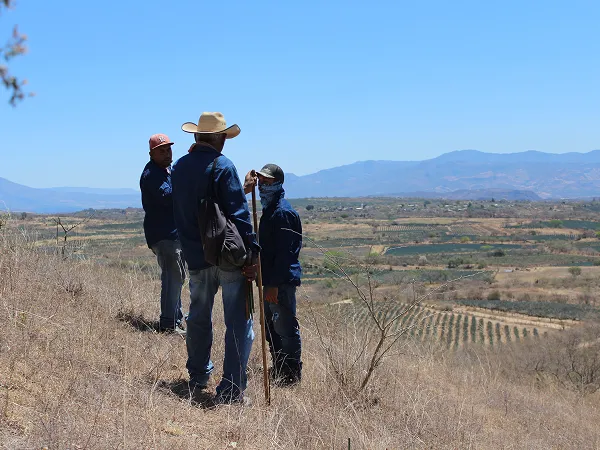Alto Atoyac
Water
Tlaxcala, México
On the slopes and recharge areas of the Alto Atoyac basin, in Tlaxcala, we implement nature-based solutions to reduce runoff and promote water infiltration, conserve soil and improve ecosystem health. This project, co-designed together with an implementing partner and 3 local communities, integrates science, active restoration and territorial governance to protect one of the most important water sources in the center of the country.
558k
cubic meters
of volumetric water benefits
270
hectares
positively impacted by nature-based solutions
+
63.5
K
plants
reforested
3
ejidos y comunidades
and communities involved
2
individuals
.png)
(01)
The context
Driving Water Recovery and Protection
In the state of Tlaxcala, the Alto Atoyac basin has suffered decades of degradation due to agricultural and urban expansion, affecting its natural capacity to infiltrate water and feed the underground aquifer. This basin, vital for the central region of the country, has shown clear signs of water stress.
To reverse this situation, Toroto collaborates with two local ejidos and an implementing partner committed to compensating its water footprint.
The objective is to restore the landscapes that feed the aquifer through nature-based solutions (SBNs), focused on soil retention, the regeneration of vegetation cover and the improvement of land infiltration capacity. These actions have started with direct intervention on 270 hectares and are integrated into a broader strategy with the goal of achieving more than 1,800 hectares of positive impact within the basin.
Location
Tlaxcala, México
Dimensions
The Alto Atoyac aquifer comprises 2,032 km2 of the central portion of the state of Tlaxcala. The intervention is located in the upper areas of the basin, where water restoration actions were carried out on 270 hectares.
Productive Activities
Vegetation
Tascate forest. The soil is known locally as “tepetate” (petric durisol) soil, which is very susceptible to water erosion.
Fauna
Mammals such as wild rabbits, armadillos (Dasypus novemcinctus) and coyotes (Canis latrans); diverse birds; reptiles such as rattlesnakes (Crotalus spp.) and several species of lizards.
Flora
Plant species such as sabino (Juniperus deppeana), maguey (Agave spp.), nopal (Opuntia spp.), mesquite (Prosopis spp.) and huizache (Vachellia farnesiana); trees such as oak (Quercus spp.) and white cedar (Cupressus lusitanica); plants such as nolinas (Nolina spp.) and various shrub and herbal species.
Certifier
Protocol
Verifier

“I was interested in this project because it seeks to protect the environment. I would like the grain of sand that I am contributing today to bear fruit in the future.”
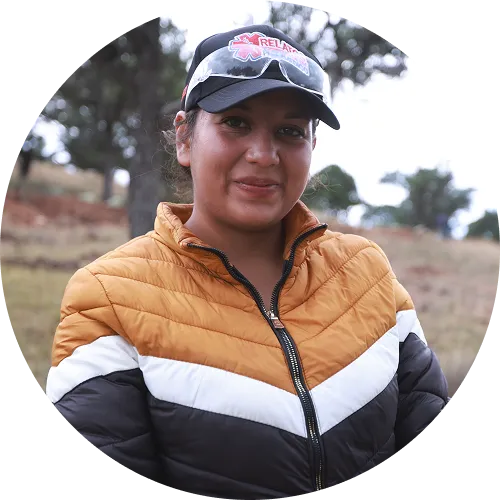
Jasmín Munguia Ramírez
Member of the Tlaxco Field Crew
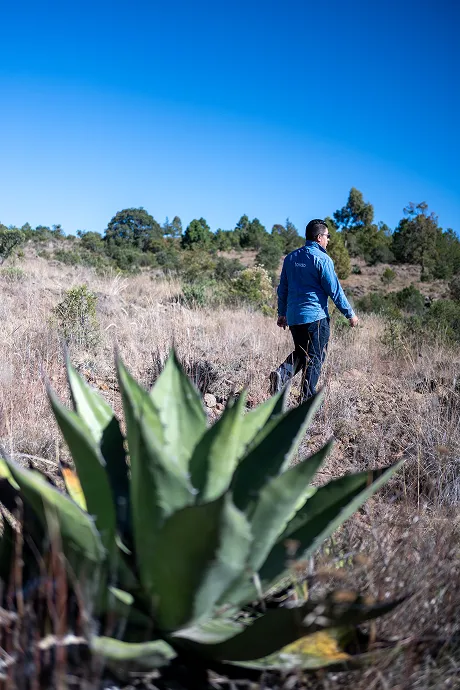
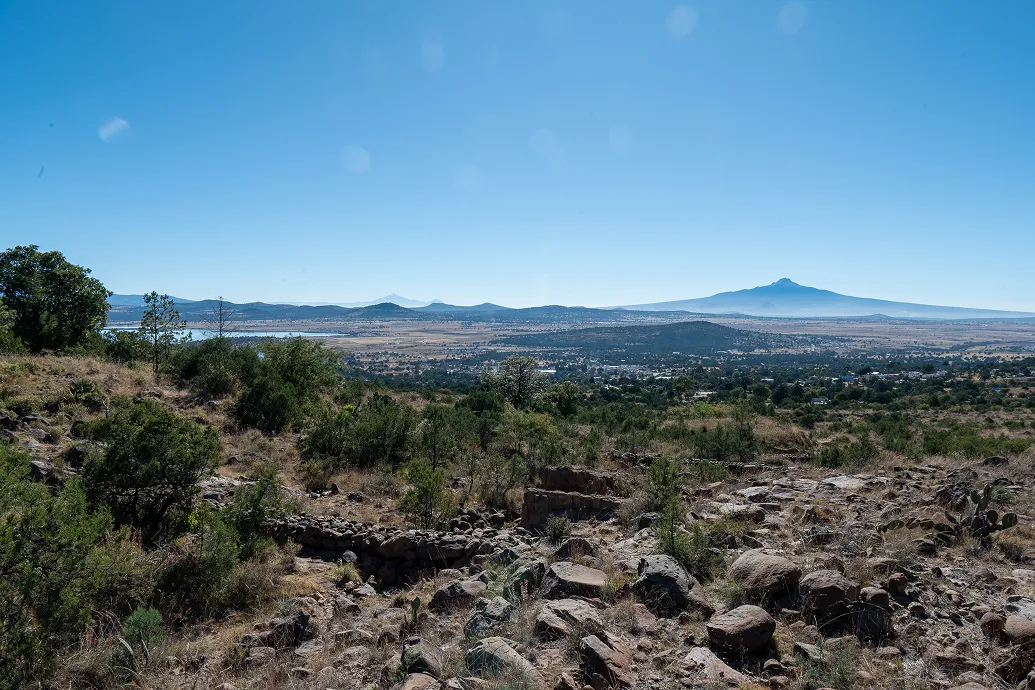
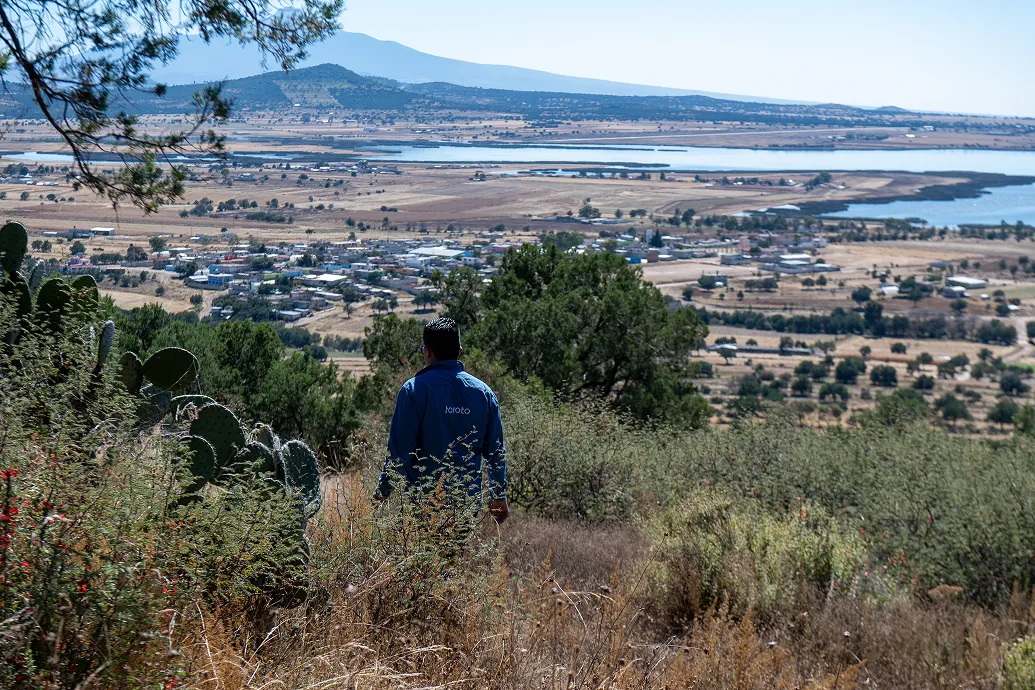
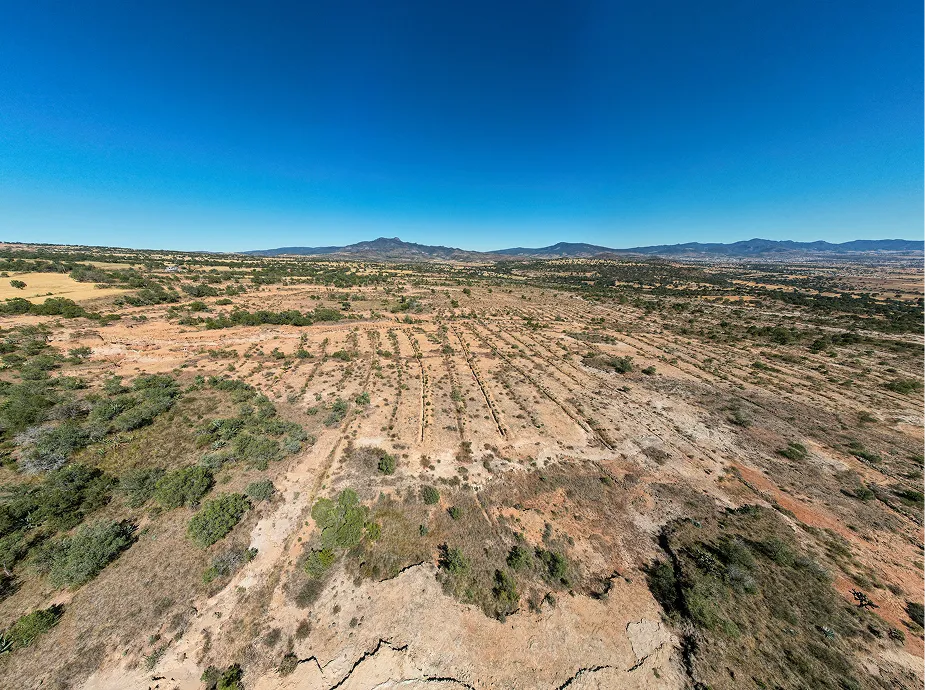

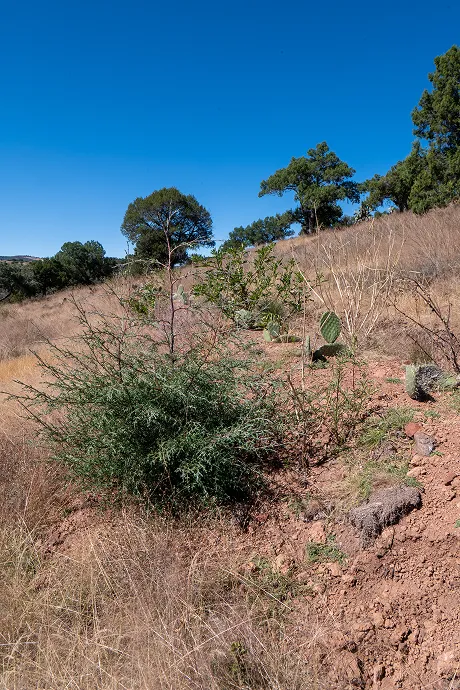

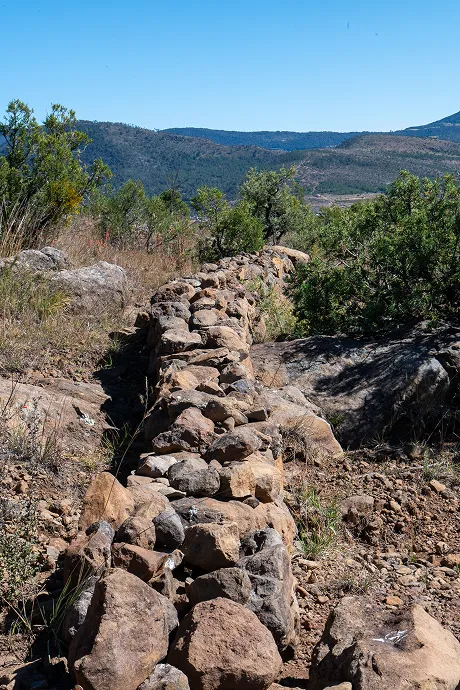






















(03)
The Turning Point

NbS in Harmony with the Landscape
We carry out a series of soil and water conservation works that mimic natural processes and whose main objective is soil retention, reducing surface runoff and encouraging water infiltration. These actions are carried out in the upper and middle parts of the hills and hills to mitigate the progression of their degradation.

Governance Leads the Way
In ejido and community territories, local governance is the starting point. Communities not only authorize, but they lead the direction of the project: they identify priorities, participate in the design of interventions and guide their implementation. This approach ensures that actions respond to the real context and strengthen long-term ownership of the process.
A Portfolio with a Territorial Approach
Our portfolio ranges from tailor-made projects for companies that seek to compensate for the water they use in specific territories, to collaborative interventions that can be co-financed by different actors through our platform of projects ready to implement.
(04)
The Impact
Conservation with co-benefits

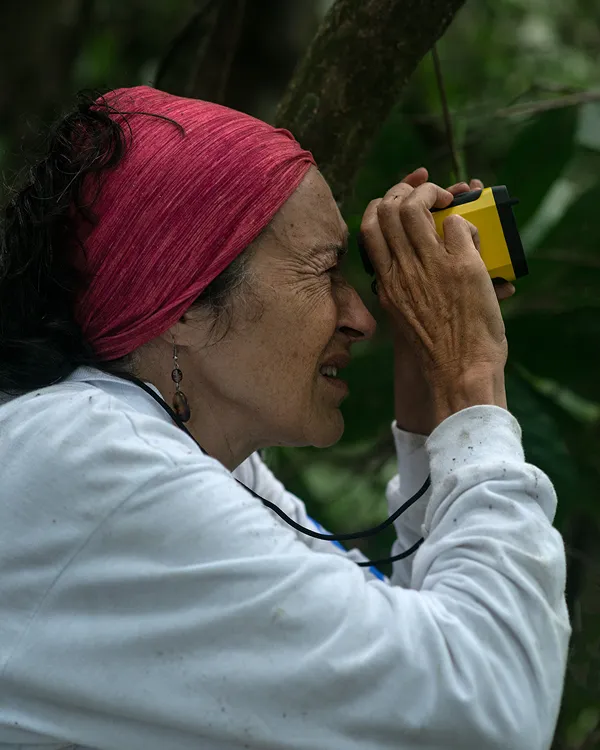
Stewarding the Land for the Future
We conduct regular evaluations to strengthen ecological restoration efforts from the start of the project. This includes ensuring the survival of reforestation areas, effective maintenance of soil conservation works, preventive pest and fire control and, when applicable, monitoring the performance of productive projects.

Biodiversity Follows Water
Biodiversity doesn't just enrich the ecosystem: it gives it structure, supports the soil and allows water to infiltrate. Restoring native vegetation through reforestation and assisted regeneration improves habitat quality, stabilizes the landscape and creates shelters for key species.
Through active monitoring — such as field trips and camera traps in strategic areas — we evaluate the presence of wildlife and identify areas of ecological connectivity. Thus, we ensure that the restoration not only captures water and carbon, but also recovers the functionality of the ecosystem.
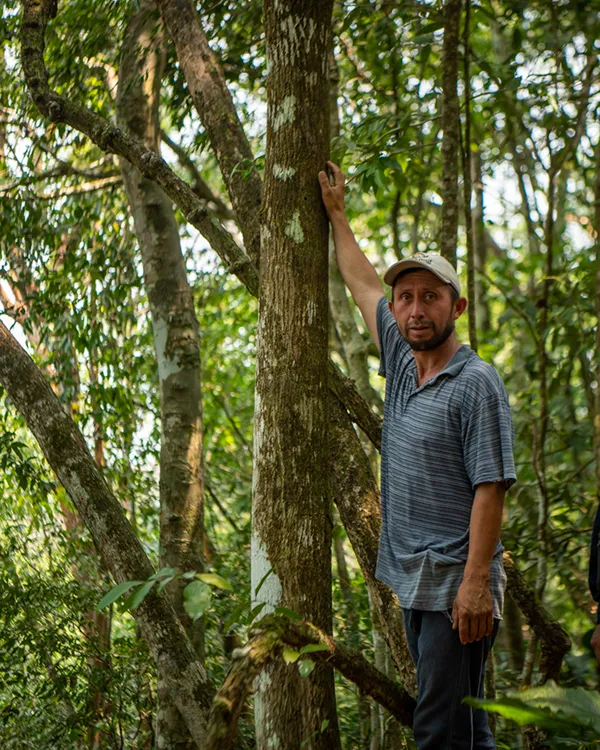
Building Local Capacities
Local brigades implement conservation and restoration actions that generate employment, improve community livelihoods and strengthen water security in their own territory. These activities also promote environmental education and encourage active and sustained community participation.
(04)
The Impact
Conservation with co-benefits
.jpg)
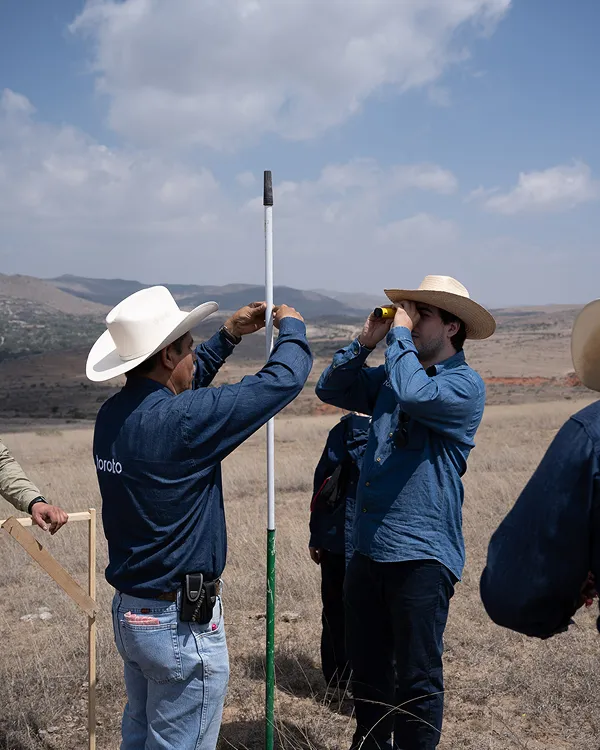
Stewarding the Land for the Future
We conduct regular evaluations to strengthen ecological restoration efforts from the start of the project. This includes ensuring the survival of reforestation areas, effective maintenance of soil conservation works, preventive pest and fire control and, when applicable, monitoring the performance of productive projects.
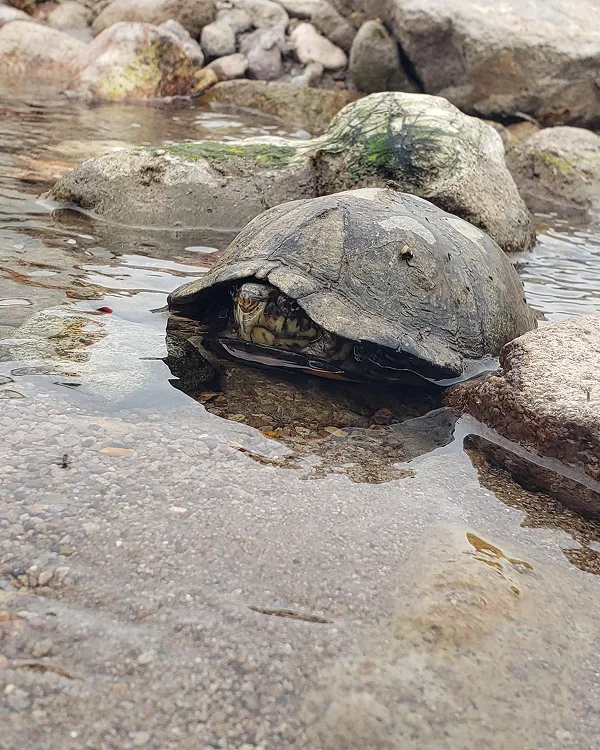
Biodiversity Follows Water
Biodiversity doesn't just enrich the ecosystem: it gives it structure, supports the soil and allows water to infiltrate. Restoring native vegetation through reforestation and assisted regeneration improves habitat quality, stabilizes the landscape and creates shelters for key species.
Through active monitoring — such as field trips and camera traps in strategic areas — we evaluate the presence of wildlife and identify areas of ecological connectivity. Thus, we ensure that the restoration not only captures water and carbon, but also recovers the functionality of the ecosystem.
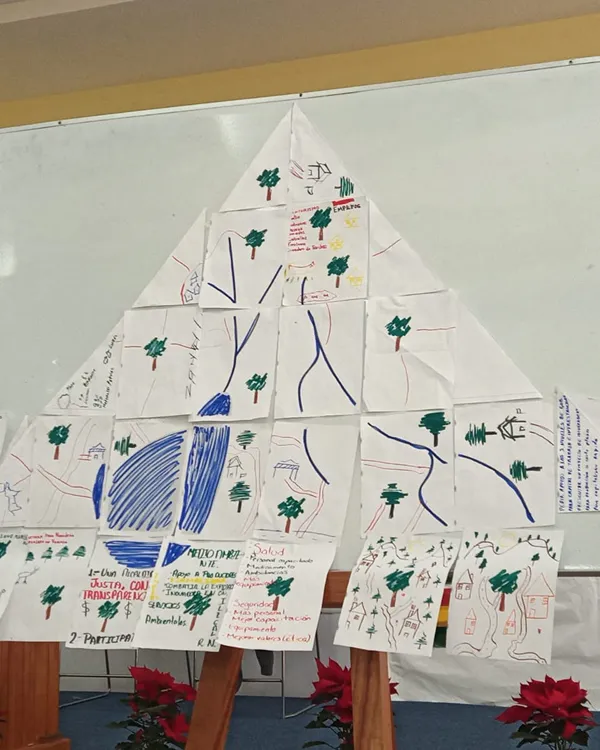
Building Local Capacities
Local brigades implement conservation and restoration actions that generate employment, improve community livelihoods and strengthen water security in their own territory. These activities also promote environmental education and encourage active and sustained community participation.
Regenerating nature, one project at a time
We do important things differently.
